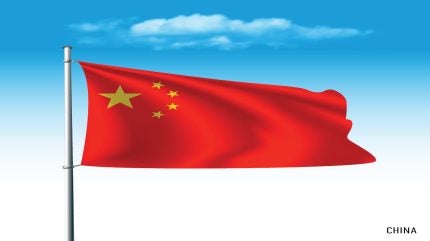
Stellantis and its Chinese partner Leapmotor have abandoned plans to manufacture a second electric vehicle (EV) model at the European automaker’s plant in Poland, reported Reuters.
The decision comes amid considerations of alternative production sites in Germany and Slovakia following advice from the Chinese government to halt significant investments in certain European countries.
The joint venture is now evaluating Stellantis’ Eisenach factory in Germany and the Trnava plant in Slovakia as potential manufacturing locations for the B10 electric crossover.
Leapmotor has announced the B10 as the inaugural vehicle in a series of EVs designed for international markets, including Europe.
Stellantis CEO Carlos Tavares highlighted the partnership’s aim to deliver “high-tech, affordable” EVs to consumers outside China.
Stellantis holds a majority 51% stake in the joint venture, with Leapmotor owning the remaining 49% stake.

US Tariffs are shifting - will you react or anticipate?
Don’t let policy changes catch you off guard. Stay proactive with real-time data and expert analysis.
By GlobalDataThis shift was influenced by private communications from the Chinese government, urging automakers to suspend major investments in European nations that supported additional tariffs on Chinese-made EVs.
Poland is one of ten EU member states that supported the EU’s decision to impose tariffs of up to 45% on imported Chinese-made EVs.
In contrast, five members, including Germany and Slovakia, opposed the tariffs, and 12 others abstained from the vote. These tariffs came into effect on 30 October.
The production location for the B10 SUV remains undisclosed, and it is uncertain if factors other than Beijing’s influence affected the decision to move production from Poland.
Stellantis’ Tychy plant in Poland has been assembling the T03 compact EV using components imported from China.
It remains unclear if the T03 assembly is part of the review or how it might affect jobs.
According to a source, producing the new joint-venture EV in Germany, a potential option, would be costlier than in Poland due to higher utility and labour expenses.



